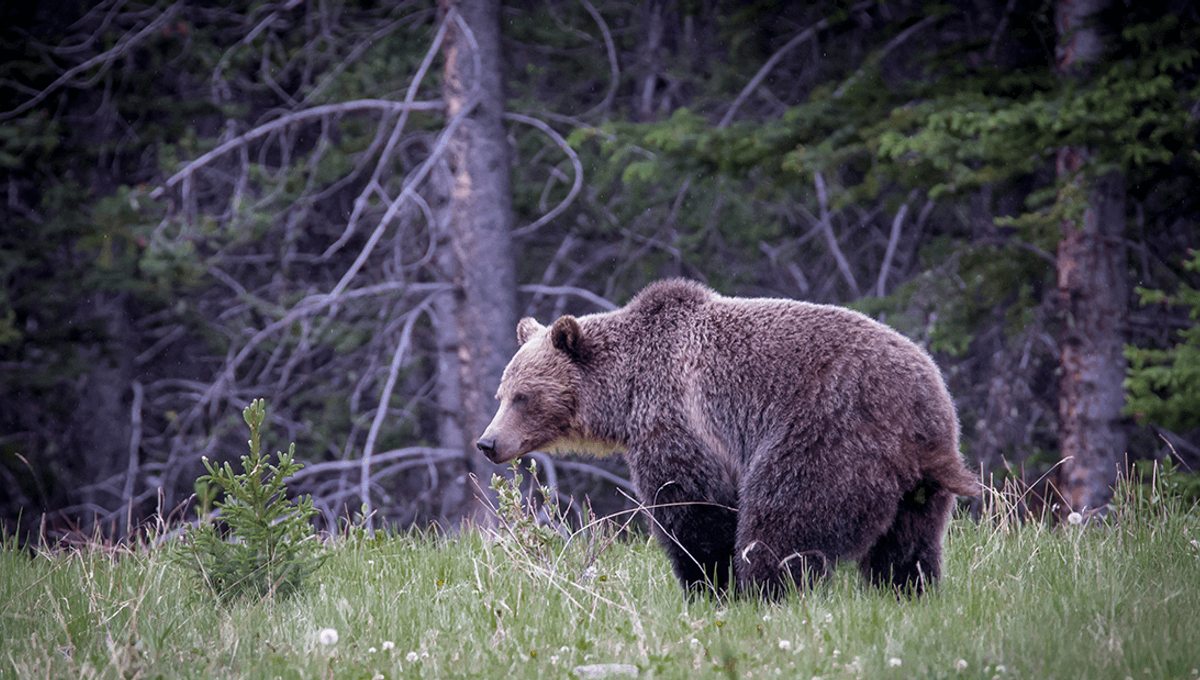
With the recent release of the movie Cocaine Bear, people might be more inclined to question just what is possible in the ursine world. Foremost on the list of what bears can or can’t do is the mystery of how bears create feces when they don’t eat for months at a time.
North American bear species – including grizzly, black and brown bears – typically hibernate in dens after bulking up for their winter sleep for around 5-7 months before emerging in the spring. While some don’t consider bear species to be true hibernators because their body temperature remains relatively high during this period, others disagree.
“In my opinion, bears are the best hibernators,” Brian Barnes, director of the Institute of Arctic Biology at the University of Alaska Fairbanks, told Slate. “Their body is a closed system. They can get through winter with only oxygen—it’s all they need.”
The length of hibernation depends largely on species and latitude, and according to the National Parks Service in Yellowstone, hibernation for their bears is around five months. During this time, the bears are very inactive and have significantly lowered heart and respiration rates – black bears can even reduce their metabolism by 53 percent. Black bears generally do not eat, drink, or pass any waste during this time. Instead, they and other species accumulate feces in the lower part of their intestine. This is known as a bear fecal plug.
While a fecal plug may resemble a standard bear poop, it is formed not from waste food but from the intestinal lining cells and secretions of the bear during hibernation.
Researchers have filmed bears using a remote camera during this hibernation process and found out that the fecal plugs also contain fur from grooming, and even parts of the foot pads of the bear. During the hibernation process, bears shed their calloused foot pads. When the bears groom their feet they ingest pieces of the foot pad that makes their way into the fecal plug. The fecal plug can also contain bedding materials such as leaves that are caught in the fur of the bear when it grooms.
There is some suggestion that bears ingest their footpads as a source of nutrients during the winter months, but others suggest that the bears licking their feet helps to toughen the soles, preventing injury or pain before emerging in the spring.
After hibernation, the bears will emerge and defecate the plug, usually near the cave entrance. The North American Bear Centre reports that “fecal plugs have a light odor that is not unpleasant”.
Source Link: Unraveling The Mystery Of The Bear Fecal Plug